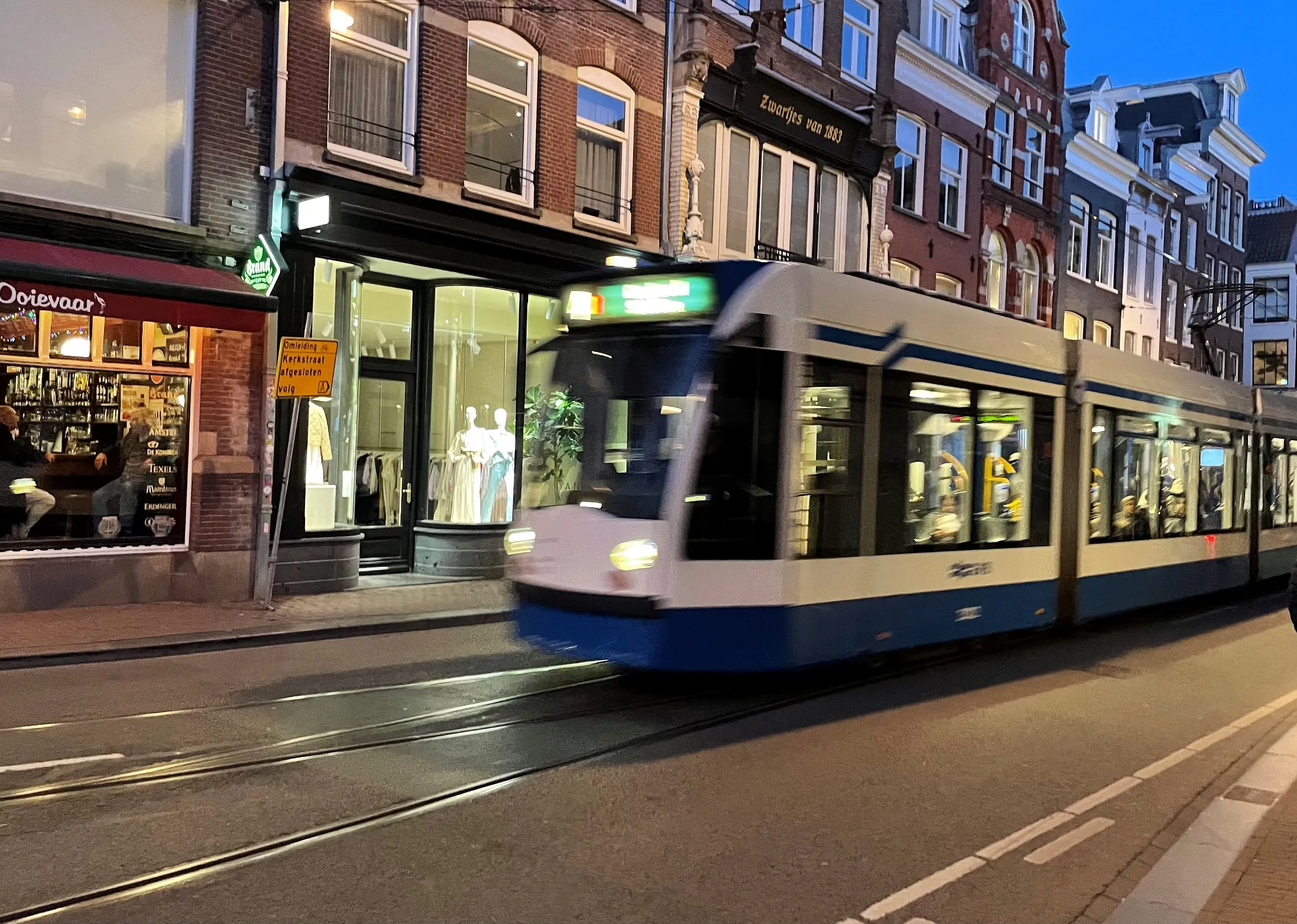Canada has not adequately addressed the changing transportation needs of seniors, leaving many without a range of accessible, affordable and appropriate transportation options to support active and healthy living, according to a new Conference Board of Canada report from the Canadian Alliance for Sustainable Health Care and the Centre for Transportation and Infrastructure.
This publication examines how seniors currently meet their transportation needs and preferences, changes in transportation strategie
October 20, 2016
Read time: 3 mins
Canada has not adequately addressed the changing transportation needs of seniors, leaving many without a range of accessible, affordable and appropriate transportation options to support active and healthy living, according to a new Conference Board of Canada report from the Canadian Alliance for Sustainable Health Care and the Centre for Transportation and Infrastructure.
This publication examines how seniors currently meet their transportation needs and preferences, changes in transportation strategies and behaviours as people age, and the nature and extent of unmet transportation needs. The briefing also considers how demographic differences affect transportation needs, behaviours, and gaps, and discusses implications for policies and strategies.
Across Canada, the primary mode of transportation for adults at most ages is driving. More than two-thirds of Canadians aged 65 to 74 drives as their main form of transportation, while one-third of those aged 85 or older rely on driving. By contrast, less than eight per cent of seniors cite public transportation, less than five per cent report walking or cycling, and very few identify taxis or accessible transit as their main form of transportation.
While most seniors who drive are safe to do so, many stop due to concerns about deteriorating mental or physical capacity. But finding alternatives to driving is difficult for many seniors, and makes it less likely that they will make necessary and discretionary trips, find their ways to appointments, and participate in their communities. Of great concern is the number of seniors who continue to drive even as their physical and mental capacities deteriorate. Data from the Canadian Community Health Survey, for instance, reveal that 21 per cent of seniors who have been diagnosed with Alzheimer's disease or dementia drove in the previous month and 17 per cent reported driving as their main form of transport.
"Canadian seniors need access to affordable and appropriate transportation options to meet their travel needs and to support their health and quality of life," said Daniel Munro, Associate Director, Public Policy and author of Managing Mobility: Transportation in an Aging Society. "Yet, a growing number of seniors face transportation challenges as fewer have the capacity or interest to drive, while alternate transportation options are inadequate in communities built primarily for cars."
The report concludes that meeting the transportation needs of seniors, while managing safety and other risks, will require a suite of complementary policies and strategies, including better management of driver cessation, expansion of alternate transportation options, and improved urban design.
This publication examines how seniors currently meet their transportation needs and preferences, changes in transportation strategies and behaviours as people age, and the nature and extent of unmet transportation needs. The briefing also considers how demographic differences affect transportation needs, behaviours, and gaps, and discusses implications for policies and strategies.
Across Canada, the primary mode of transportation for adults at most ages is driving. More than two-thirds of Canadians aged 65 to 74 drives as their main form of transportation, while one-third of those aged 85 or older rely on driving. By contrast, less than eight per cent of seniors cite public transportation, less than five per cent report walking or cycling, and very few identify taxis or accessible transit as their main form of transportation.
While most seniors who drive are safe to do so, many stop due to concerns about deteriorating mental or physical capacity. But finding alternatives to driving is difficult for many seniors, and makes it less likely that they will make necessary and discretionary trips, find their ways to appointments, and participate in their communities. Of great concern is the number of seniors who continue to drive even as their physical and mental capacities deteriorate. Data from the Canadian Community Health Survey, for instance, reveal that 21 per cent of seniors who have been diagnosed with Alzheimer's disease or dementia drove in the previous month and 17 per cent reported driving as their main form of transport.
"Canadian seniors need access to affordable and appropriate transportation options to meet their travel needs and to support their health and quality of life," said Daniel Munro, Associate Director, Public Policy and author of Managing Mobility: Transportation in an Aging Society. "Yet, a growing number of seniors face transportation challenges as fewer have the capacity or interest to drive, while alternate transportation options are inadequate in communities built primarily for cars."
The report concludes that meeting the transportation needs of seniors, while managing safety and other risks, will require a suite of complementary policies and strategies, including better management of driver cessation, expansion of alternate transportation options, and improved urban design.










